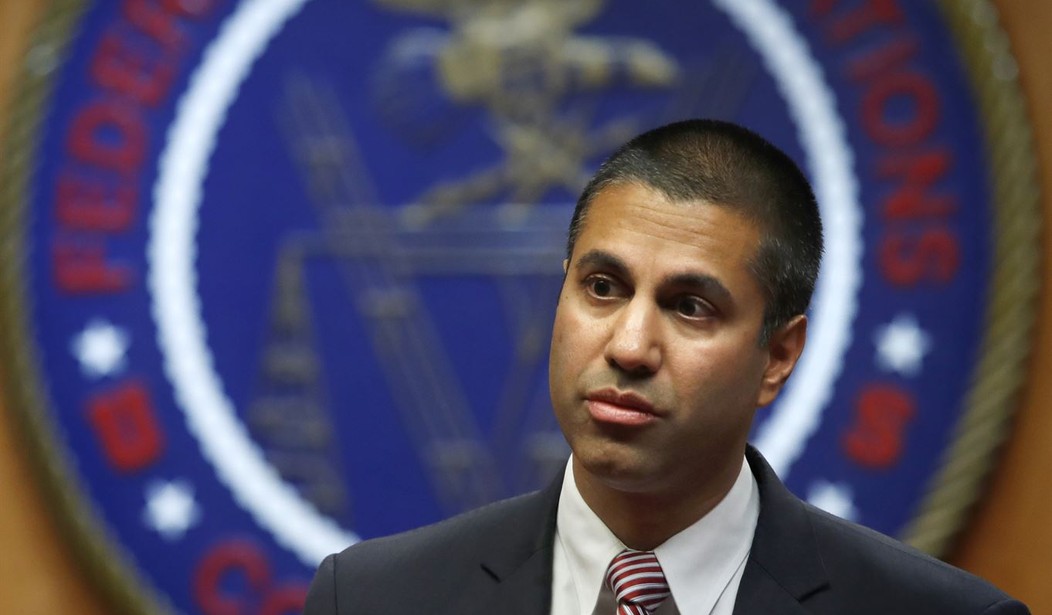The Federal Communication Commission’s (FCC) annual broadband deployment report shows that the number of Americans who cannot access broadband continues to drop.
At the end of 2017, 21.3 million Americans didn’t have access to the FCC’s broadband benchmark of 25 megabits per second download speeds and 3 Mbps upload speeds. That was a decrease of 18 percent from the 26.1 million U.S. residents with no broadband access at the end of 2016.
Chairman Ajit Pai concluded that broadband is being deployed to Americans in a reasonable and timely fashion, a requirement by Congress as the FCC compiles its annual report.
The original draft of the report released in February said that only 19.4 million Americans lacked broadband as 2018 dawned, but the FCC’s Wireline Competition Bureau released a revised draft in early May that said a significant error by one carrier resulted in a mistake in the numbers.
“We’re pleased that the FCC’s policy of making deployment data open and transparent to the public resulted in this error being discovered," he said then, MultiChannel News reported. "Fortunately, the new data doesn’t change the report’s fundamental conclusion: We are closing the digital divide."
The report found that most of the broadband gap reduction was in rural areas – 4.3 million, or about 90 percent.
The group Connect Americans Now pointed out that red tape is hurting the ability to alleviate the rural broadband gap further: “For the majority of those living in rural America, this problem persists because traditional solutions such as fiber are too expensive to deploy to their communities and affordable wireless solutions like TV white spaces technology continue to be held back by outdated regulatory barriers."
Recommended
The study also found that increased capital expenditures in 2017 – reversing the declines in 2015 and 2016 when Title II regulations were in effect – resulted in fiber being deployed to 5.9 million new homes. While the regulations were not repealed until last year, Pai indicated he would begin that process when he became chairman in 2017.
Americans are also gaining access to faster speeds, with 191.5 million residents able to access 250 Mbps/25 Mbps, an increase of 36 percent from 2016.
Commissioner Brendan Carr, fresh off a visit to Montana and Wyoming to speak with residents and watch fiber deployment in those rugged western states, told members of the FCC’s consumer advisory committee during its meeting on Monday that he was excited to see 60,000 new small cells for wireless 5G development deployed in 2018. The gigabit-plus speeds of the next generation of wireless technology are expected to help close the broadband gap further.
“We have really accelerated the pace of broadband development,” he said.
Editor's note: This column has been updated to correct a misattributed quote.























Join the conversation as a VIP Member